STUDY IN EUROPE

Netherlands: –
The Netherlands, also known as Holland, is part of mainland Europe. It sits in Western Europe, with an extensive coastline to the North Sea, and shares land borders with Germany and Belgium. The Netherlands was the first non-native English speaking country to offer courses taught in English to international students. International students can study programmes in Dutch or English, making it a great option for studying abroad.
Sweden: –
Sweden is a prosperous, welcoming country offering many exciting opportunities for education, work and leisure. There are around 30,000 international students in Sweden, which provides an exciting, multicultural environment for all the students. Swedish institutions are highly ranked and offer plenty of opportunities for study and research. Eight of Sweden’s universities are present in the top 500 of the 2018 QS World University Rankings. The highest ranked university is Lund University, which comes in at 78th place.
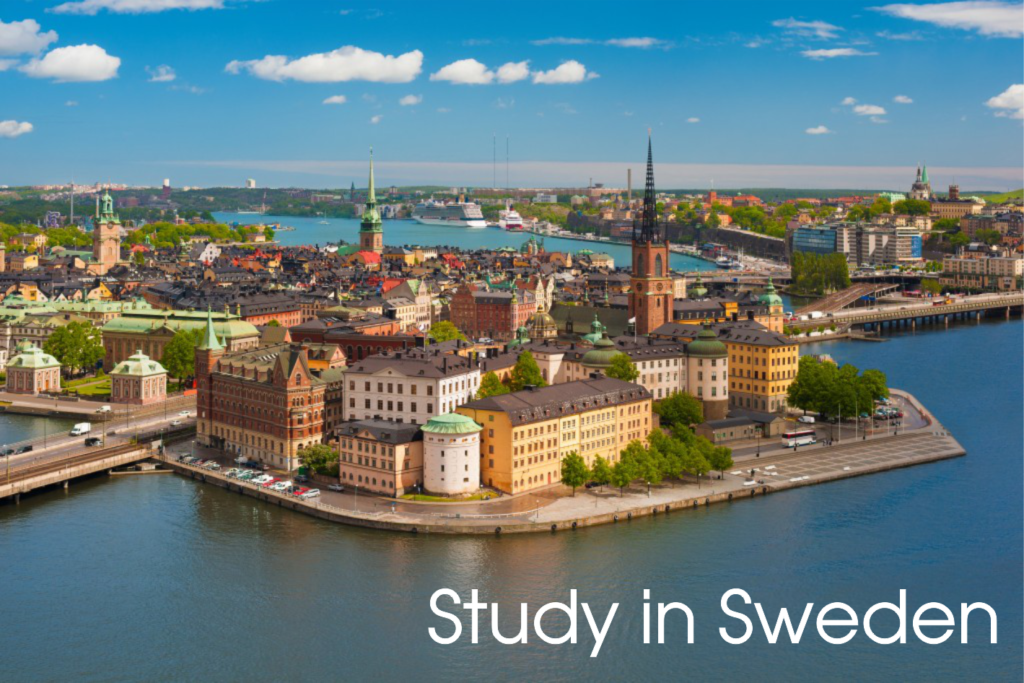

Germany : –
Boasting many universities within the World Rankings, Germany offers high quality education opportunities. Germany also has a strong reputation for research. Renowned for their forward thinking and modern facilities, Germany is a great choice for international students. Despite being slightly smaller than Japan, and much smaller than some other popular study abroad destinations such as the USA, Germany offers a wealth of cultural experiences. It is a great location to further your education if you already hold a degree. The country offers many postgraduate opportunities, especially at doctoral level.
France: –
If you want to study in a country that is diverse and has an excellent academic reputation, France is the country for you. It is one of the most popular study destinations, making it perfect for international students. There are currently more than 250,000 international students in France. In fact, around 10% of enrolments at French universities are international students, and many of these studies at graduate level (masters and doctoral studies). The country offers an excellent environment for all international students. It has fantastic quality of education, lectures and research opportunities.

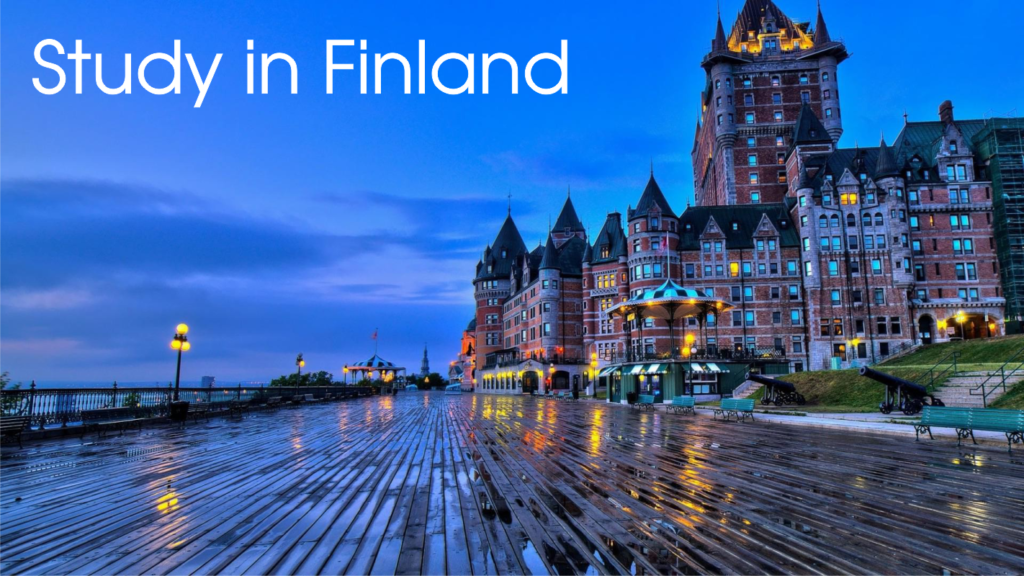
Finland: –
Finland is renowned for being one of the best countries when it comes to education. It has a diverse and interesting culture, which prioritises high quality education. Finland has the highest rate of students choosing to go into higher education in the world, and its unusual education system has been used as a model around the world.
Denmark: –
A highly efficient and streamlined country, Denmark has a reputation for academic excellence. Partner this with the beautiful scenery and high quality public services, and you have a fantastic destination for international students.

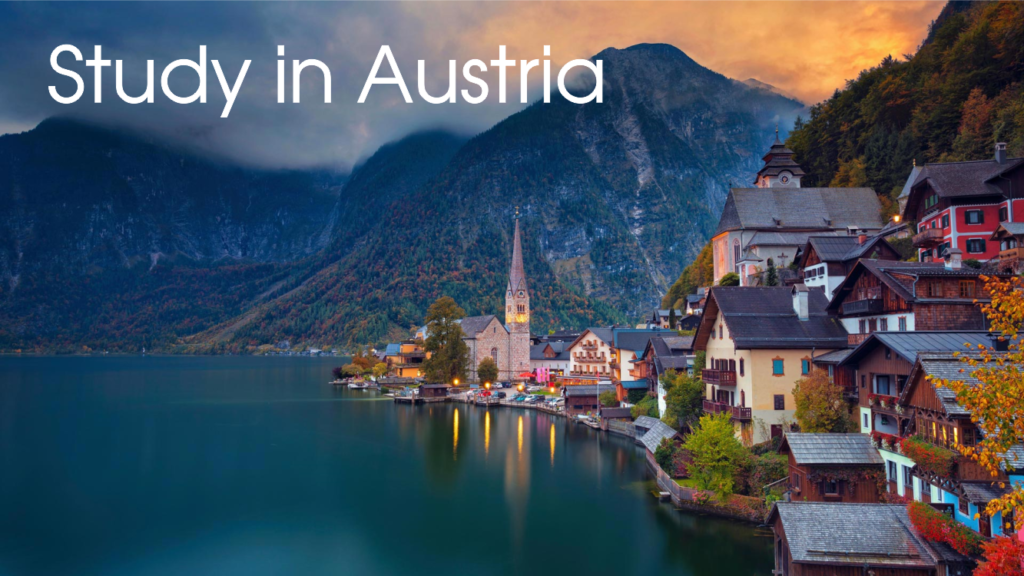
Austria: –
Located in Central Europe, Austria is a wonderful country, with a focus on offering quality higher education. Universities in Austria are well-developed and provide you with a great experience. As well as this, Austria is a beautiful, advanced and cultured country, in the perfect location for international students who wish to do some exploring in their downtime.
Spain: –
Spain is a popular destination for international students seeking quality and affordable higher education. There are around 85,000 international students studying in Spain each year. With lots to offer, there will be something for everyone is this fantastic country. There are 76 universities in Spain, and they are a mixture of public and private. Of the 76, 24 are private, and 7 of these are associated with the Catholic Church. The public universities are state-funded, meaning that their fees are set by the local government. Spain has a long and rich tradition of higher education, and therefore their institutions are consistently well ranked. In the 2018 QS World University Rankings, 11 Spanish institutions are ranked in the top 500. The highest of these is the Universitat de Barcelona, sitting at 156th.


Italy: –
Italy is a popular destination for international students. It offers quality higher education with more affordable tuition fees than other Western European countries. There are around 32,000 international students in Italy, including independent students and those on exchange programmes. The country has a rich history and tradition of higher education. This makes it an attractive option for students.
Hungary: –
Hungary has a long tradition of higher education, with some of the oldest universities in the world. The country has a unique identity, something that it works hard to maintain and shows pride in. Although it is one of the smaller European countries, it has many opportunities to offer international students. Universities in Hungary have a strong focus on internationalisation, and offer high quality degree programmes. Hungarian higher education is known for its reputation in science fields, such as medicine and dentistry. The higher education system is divided into colleges and universities, which follows the Bologna Process. You can study for a bachelor, master or doctoral degree at a Hungarian institution.
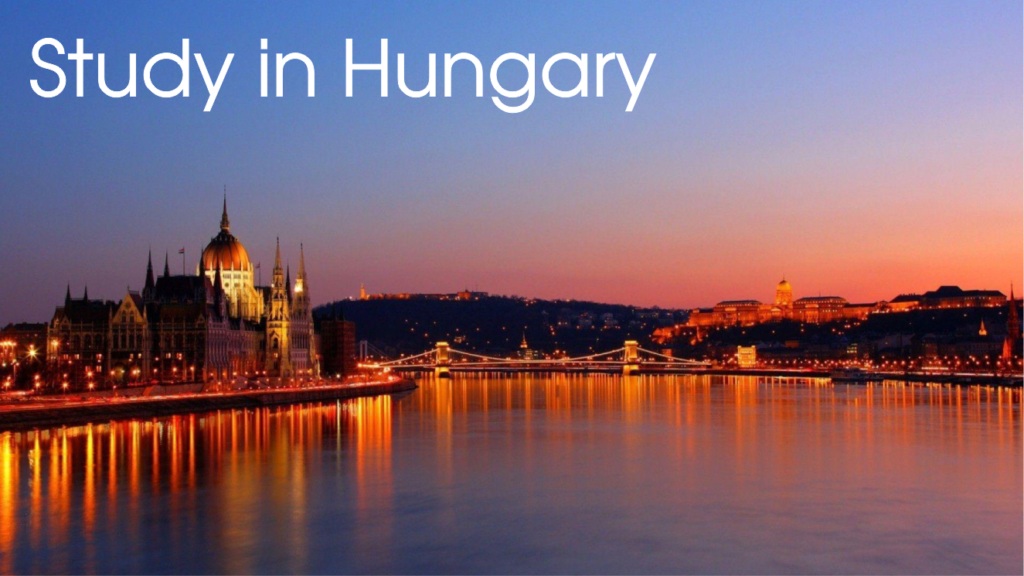
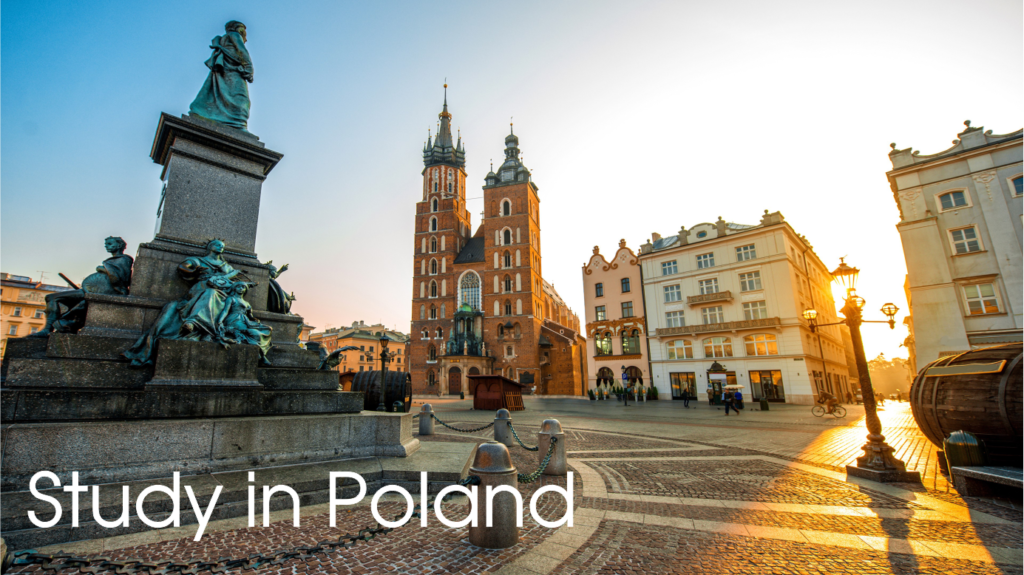
Poland: –
Poland’s extensive history provides international students with a vibrant and culture-rich environment. Despite its painful history, the country has emerged as a popular destination, providing an array of architecture, cuisine and beautiful scenery. Located in Central Europe, Poland is the perfect place for international students wanting to experience European culture whilst gaining a high quality education.
Czech Republic: –
The Czech Republic is a well-developed country, with a rich economy founded on an export-oriented social market. It is also a member of the EU, and bordered by 4 well known European countries. This makes it a perfect location for international students to gain their education, with access to industry based job opportunities. The Czech Republic has a high quality education system, specializing in Sciences, Engineering and Medicine. It is home to the oldest university in Central Europe, The Charles University in Prague, founded in 1348. Ranked in the top 20 countries in the world for its education system, the Czech Republic is the ideal destination for international students wanting to study abroad.
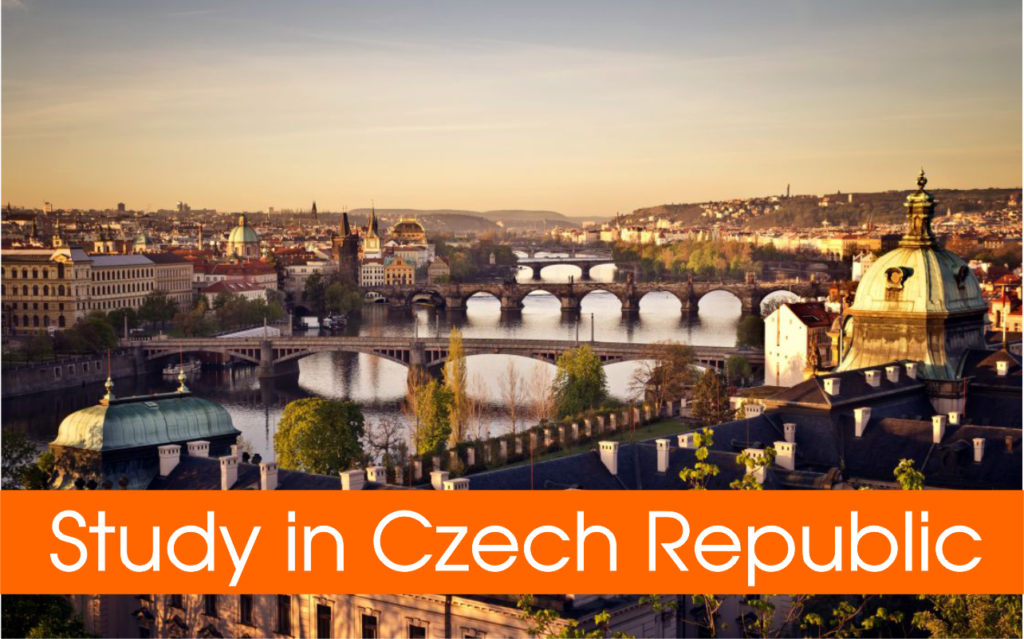
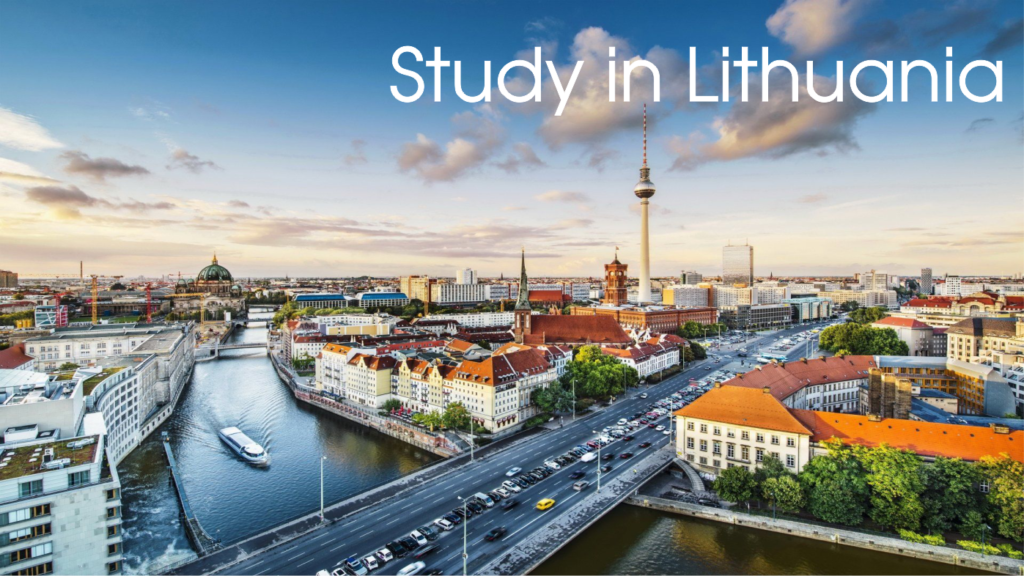
Lithuania: –
A small European country, Lithuania is home to nearly 50 higher education institutions. The literacy rate of the Lithuanian population is 100%, and school attendance is higher than the European Union average. Lithuania has one of the fastest growing economies of the Baltic countries over the last two decades. Despite its rapid modernisation and economic growth, Lithuania provides international students an opportunity to study in one of the best preserved medieval countries. There are over 2000 buildings representing the characteristics of early Eastern Europe. With both a comfortable climate and a perfect balance between cities and rolling landscapes, Lithuania is a treasure among Eastern European countries.
Switzerland: –
Switzerland is a wonderful place. It’s famous for chocolate and skiing, but it is also an amazing place to study. Studying in Switzerland offers a European experience in a developed, yet diverse country. With a variety of nations bordering the country, it’s a cultural melting pot, which makes it great for an inspiring study experience.Switzerland regards education as hugely important in the day to day success of the country. It believes it is essential for its stability in terms of politics and its increase in wealth. There are a number of institutions which focus on specific subjects, making them highly specialised and an excellent choice for anybody who wants that extra focus.

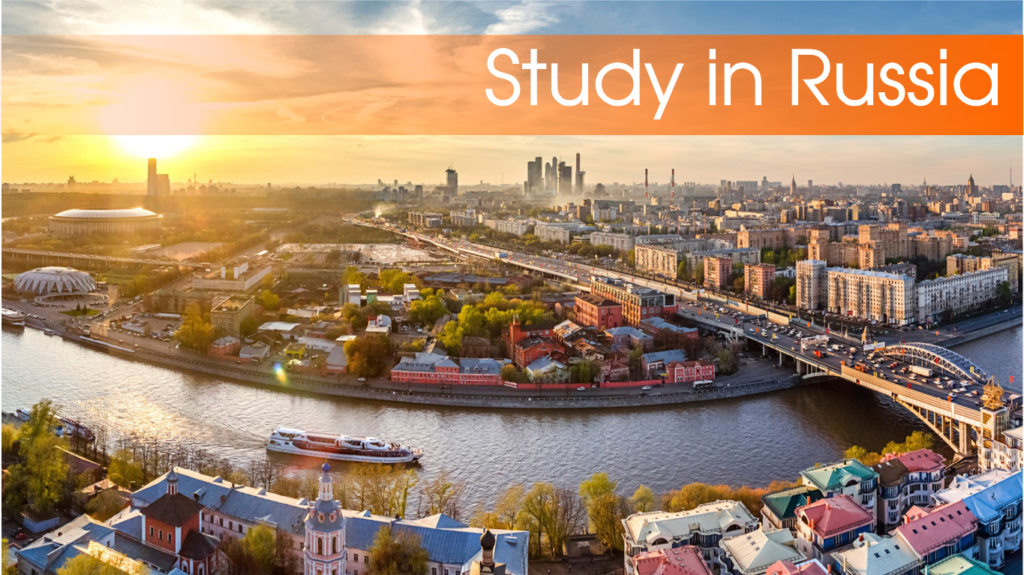
Russia: –
One of the world’s fastest growing economies, Russia is keen to attract more international students. The Ministry of Education and Science is investing in the higher education system, and increasing support for students. Russia is quickly becoming a desirable destination for students from around the world.Russia has a long tradition of education, and has a highly educated population. Entry into Russian universities can be highly competitive, and there is a strong emphasis put upon gaining technological and scientific degrees. In 2003, Russia signed the Bologna Declaration, which allowed them to streamline their higher education, moving from 5 year degrees to 4 year degrees at undergraduate level. Universities in Russia offer courses at three levels; bachelor’s, master’s and doctoral.
Malta: –
Malta is one of the sunniest nations in the world, and benefits from over 300 days of sunshine a year. Partner this with the fact that you can explore all of the three islands of Malta due to their size, and you have a perfect environment for a wonderful higher education experience. A member of the European Union since 2004, the country enjoys close ties with other European countries. There are both public and private institutions in Malta, some offer traditional courses, and others are specialist and offer courses such as tourism. Some of the most prestigious universities are the University of Malta, Malta College of Arts, Science and Technology (MCAST). The university system is similar to that of other European countries, as is the academic year.


Ireland: –
An island in the North Atlantic, Ireland is separated from Great Britain by the North Channel. Each year, the Irish government invests €728 million in higher education institutions. This allows Ireland to have one of the best higher education systems in the world. University in Ireland would be a great choice for any international student.Higher education is provided by different types of institutions. These are universities, colleges of education and institutes of technology. All of the Irish universities are public and therefore state-funded. Five of Ireland’s universities are in the 2019 QS World University Rankings top 500. The highest ranked of these is Trinity College Dublin – University of Dublin, which is placed at 104th. The next highest ranked is the University College Dublin, which is placed at 193rd.
Norway: –
A Scandinavian country, Norway is well developed and forward thinking. Known for its Viking ancestors, Norway has a long and fascinating history. With beautiful fjords, the famous Aurora Borealis (Northern Lights) and a great reputation for research, Norway is perfect for any international student. There are 4 of Norway’s universities in the 2019 QS World University Rankings top 500. The highest ranked is the University of Oslo, which is placed at 135th. The next highest ranked is the University of Bergen, which is placed at 171st.Couple the fantastic quality of universities in Norway with the gorgeous scenery and high standards of living, and you have a great study environment.

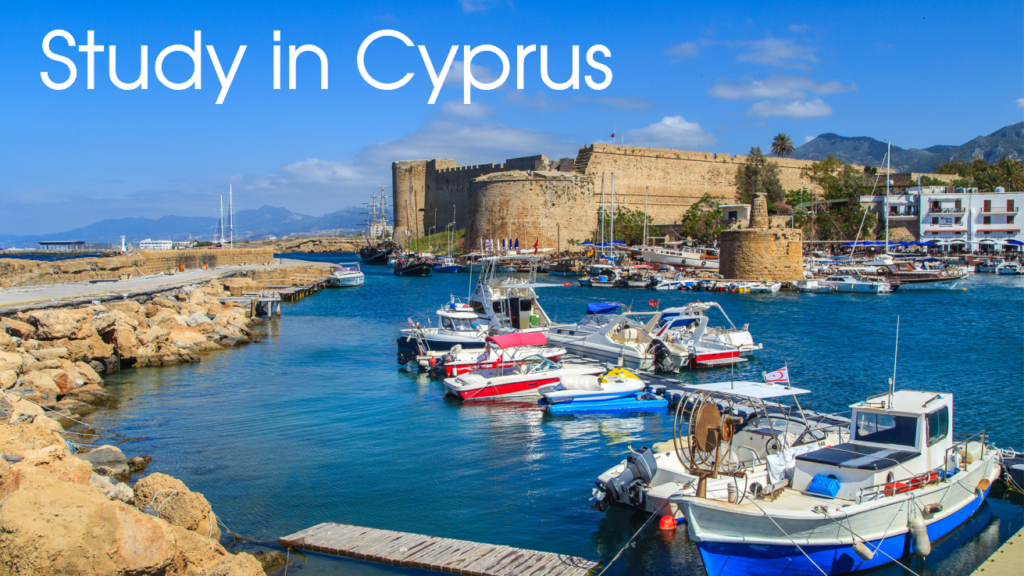
Cyprus: –
Cyprus is the world’s 80th largest island by area. It is 149 miles (240 kilometres) long and 62 miles (100 kilometres) wide. It is very close to Turkey and the country is seen as two parts, northern and southern. There is a United Nations buffer zone known as the Green Line that separates the two areas.Whilst it’s well known for its sunny beaches and long summers, Cyprus is also home to a rich and high-quality education system. Even though Cyprus is a Mediterranean island it still has a surprising number of institutions offering degrees and programs. These institutions are a combination of public and private universities. Both offer excellent facilities and degrees of a high standard at a reasonable cost.